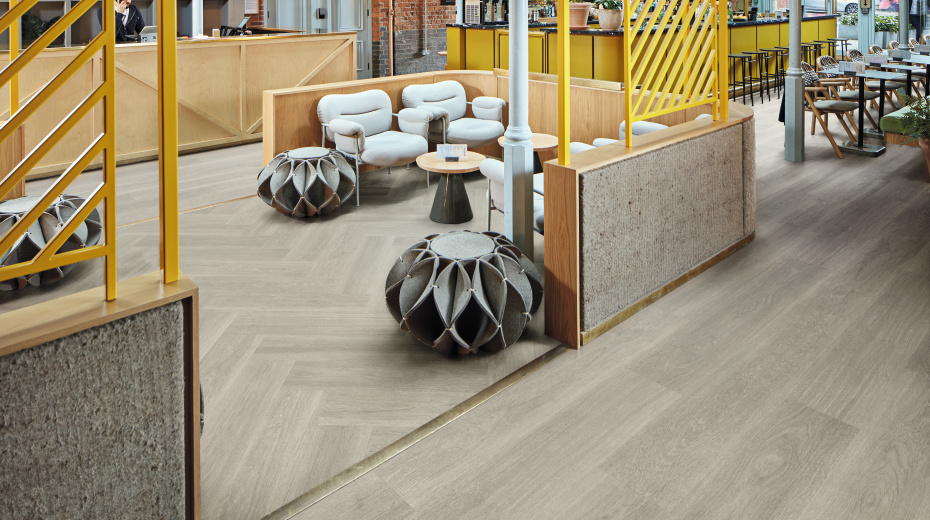Our towns and cities contain many disused historic buildings, originally built for diverse uses such as industrial units, warehouses, hospitals or police stations. Often conveniently located in urban centres and substantial in size with large open plan spaces, these buildings could hold the key to developing the flexible business practices we will need in a post-Covid world.
In the hands of visionary and creative architects and designers using sustainable construction practices, empty and derelict buildings are increasingly seeing new life as vibrant mixed use spaces that can cater for the needs of a 21st century population, combining residential, retail, community services, hospitality and office spaces.
With an increasing proportion of today’s workforce having grown up in a digital world and our experience of remote working during pandemic restrictions, the expected demand for flexible working will call for convenient co-working space and shared office premises suitable for entrepreneurial enterprises and businesses of all sizes.
Often based around a central courtyard style networking space for a sense of openness and a welcoming, informal atmosphere, flexible working environments can offer a choice of private meeting rooms and offices, individual desks in quiet zones, break out and catering spaces. Such workspaces are increasingly being included in redevelopment plans for our abandoned town centre buildings.

SM-VGW120T-RKP Grey Brushed Oak, VGW120T-RKP Grey Brushed Oak
While adaptive reuse of such buildings offers many benefits in terms of protecting historic and cultural infrastructure and giving new life to our urban centres, it also presents many challenges when it comes to blending old with the new to create desirable practical spaces that can meet requirements for flexibility and digital connection as well as limit long term environmental impact.
However, there is an increasing understanding of how a people-centric approach to rejuvenating buildings can create desirable spaces with minimal environmental impact. This approach is leading the way for sustainable development, resulting in an increased use of green construction techniques to reduce energy consumption, protect health and wellbeing and support a prosperous green economy.
The indoor environment is known to have a direct impact on our health and wellbeing so minimising the risk of building related health problems is key to successfully repurposing historic buildings. Using sustainable design principles, architects and designers are creating spaces that protect wellbeing and support our biological connection with nature with plenty of natural light, improved air quality, acoustic management and access to the natural world.
Such people-centred designs can offer a sustainable future for many of our unused buildings, providing integrated mixed use so that people can work, socialise and shop within their home community.
This diversity and vitality results in higher levels of activity in the locality beyond daylight hours to bring the community positive feedback benefits, enhancing a sense of belonging, security and wellbeing.




